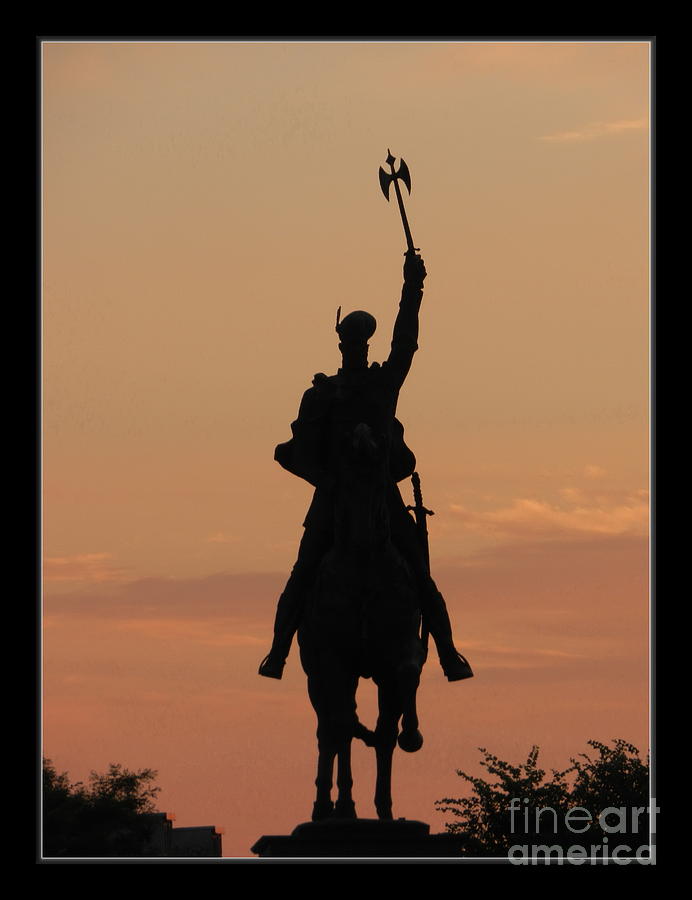
In the vicinity of Mihai Viteazu’s tomb there reigns the Mihai Vodă Church, a copy of the church under the same name, erected in Bucharest by Mihai Viteazu himself. At the base of each side there are the emblems of the three Romanian principalities, executed in Simeria white marble by an artist from Cluj, Vasile Rus-Batin. It has three sides, symbolizing the three Romanian principalities united under Mihai Viteazu in 1601.

It is made of reinforced concrete, plated with Rușchița travertine, on a rectangular base of volcanic tuff-stone. This is the story of Romanian King Michael the Brave, the first ruler to unite Romania in 1600 A.D.

With a height of 1601 cm, to evoke the year of the ruler’s death – 1601, the obelisk is the work of sculptor Marius Butunoiu. The new monument – the obelisk – was inaugurated on. It has the inscription engraved: “The great voivode Mihai Viteazul was killed here on 9 August 1601.” Built in 1923, Troița (wooden cross), currently exhibited at the History Museum in Turda, is created in a popular style.

At the recommendation and request of King Ferdinand I, expressed on the occasion of his visit through Turda together with Queen Mary in 1919, a wooden Holy Trinity cross was made in the place of the former chapel.


 0 kommentar(er)
0 kommentar(er)
